Culinary art is much more than a basic necessity; it is a cultural expression, an invitation to understand the heart and soul of a people. Behind every recipe lies stories, traditions, and values passed down through generations. In this article, we will explore how flavors transcend borders and connect people from different backgrounds while highlighting what makes culinary art a universal way to tell stories.
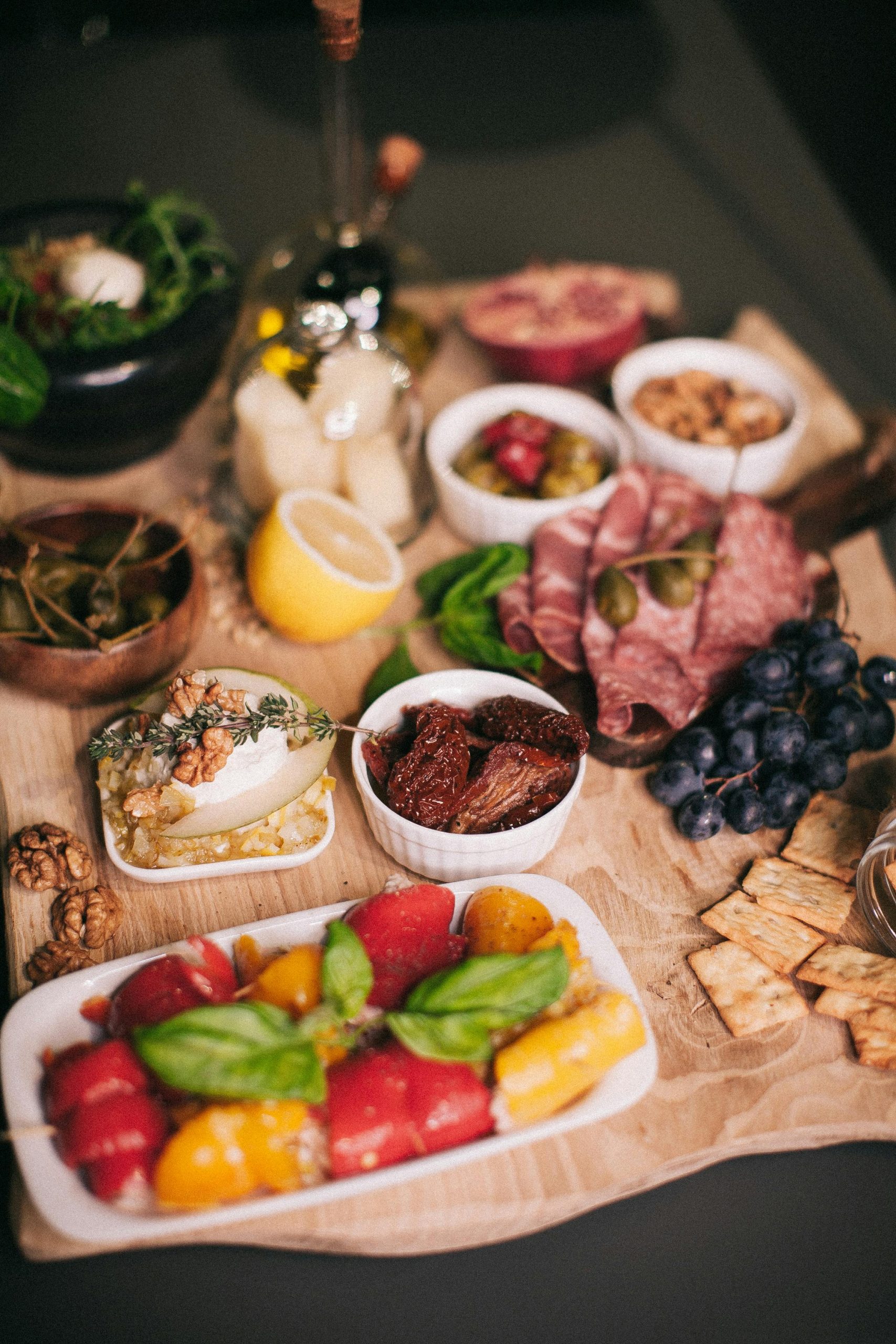
The Power of Food in Telling Stories
Historical Cuisine: A Bridge to the Past
Every meal has a story to tell. From sophisticated dishes to the simplest recipes, food has the power to reflect the environment, customs, and heritage of a place. When we think of traditional dishes like Japanese sushi, Mexican tacos, or Brazilian feijoada, each carries a piece of its people’s history.
For instance, sushi, now a global gastronomic icon, originated as a method of preserving fish in fermented rice in Japan. Over centuries, this practice evolved into one of the world’s most popular and sophisticated dishes.
Cuisine as a Cultural Bridge
Cultural Flavors: Connecting Worlds
Tasting dishes from different regions is a way to travel without leaving your seat. Cuisine allows us to connect with distant cultures and become more empathetic. By savoring a spicy Thai dish or a delicate French dessert, we immerse ourselves in a cultural universe reflecting climate, agriculture, religious beliefs, and traditions.
In West Africa, for example, yam and peanut-based dishes reflect the land’s offerings. Moreover, recipes are shared orally, preserving traditions in a region where writing was not the primary means of historical recording. Thus, each meal is an act of collective memory.
Flavors and Their Historical Roots
Culinary Traditions: The Taste of History
Many traditional dishes were born from significant historical moments. Feijoada, for instance, originates from colonial Brazil and symbolizes the fusion of Indigenous, African, and European cultures. Although there are different theories about its creation, feijoada remains a living testament to how cuisine can integrate people and narrate stories through ingredients.
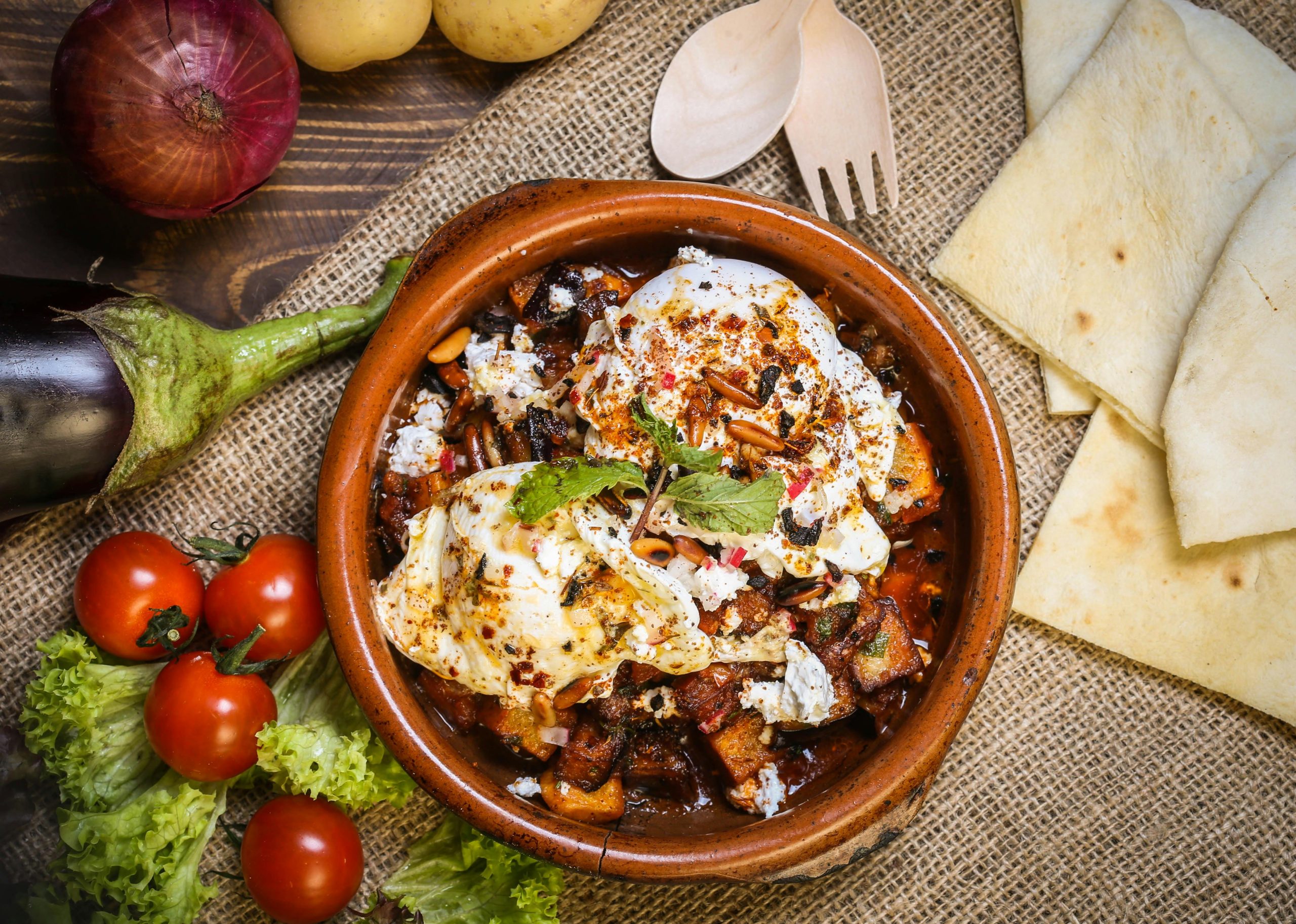
Another example is couscous, a staple food in North Africa that symbolizes hospitality and sharing. It was spread throughout the Mediterranean due to trade routes and Arab influence and is now consumed globally.
Contemporary Cuisine and Cultural Fusion
Globalized Gastronomy: Innovation Without Borders
In today’s globalized world, fusion cuisine has gained prominence. This trend combines elements from different cultures to create innovative dishes. One example is the sushi burrito, blending the Japanese technique of preparing sushi with the intense flavors of the Mexican burrito.
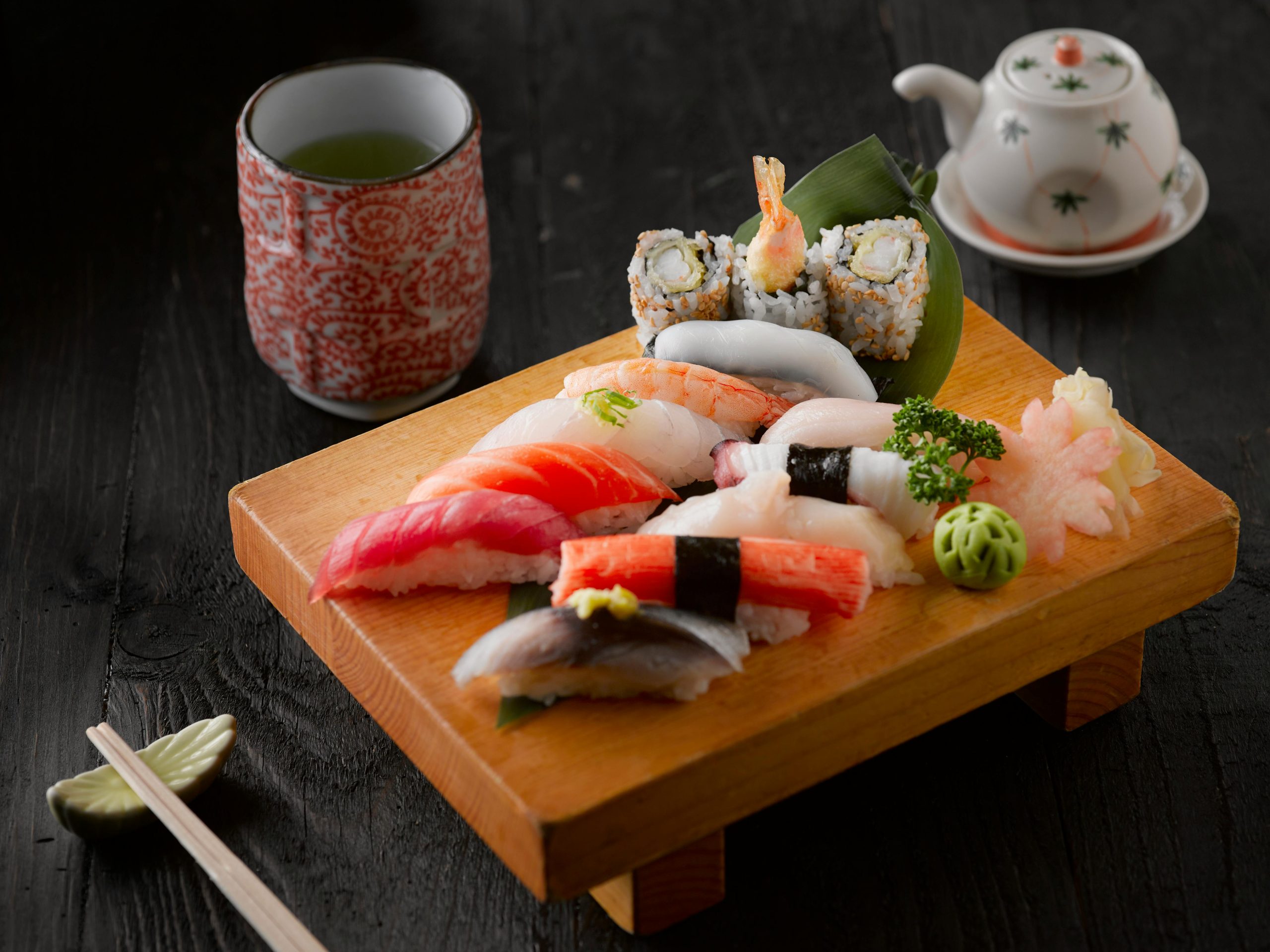
This phenomenon reflects the dynamic nature of cuisine and its adaptability to social and cultural changes. At the same time, it’s important to value the authenticity of traditional dishes and understand the stories behind them.
The Magic of Local Ingredients
Local ingredients are the foundation of any authentic cuisine. They not only provide flavor but also symbolize the geographical and climatic conditions of a region. Think of Mediterranean olive oil, Tuscan wine, or exotic Indian spices.
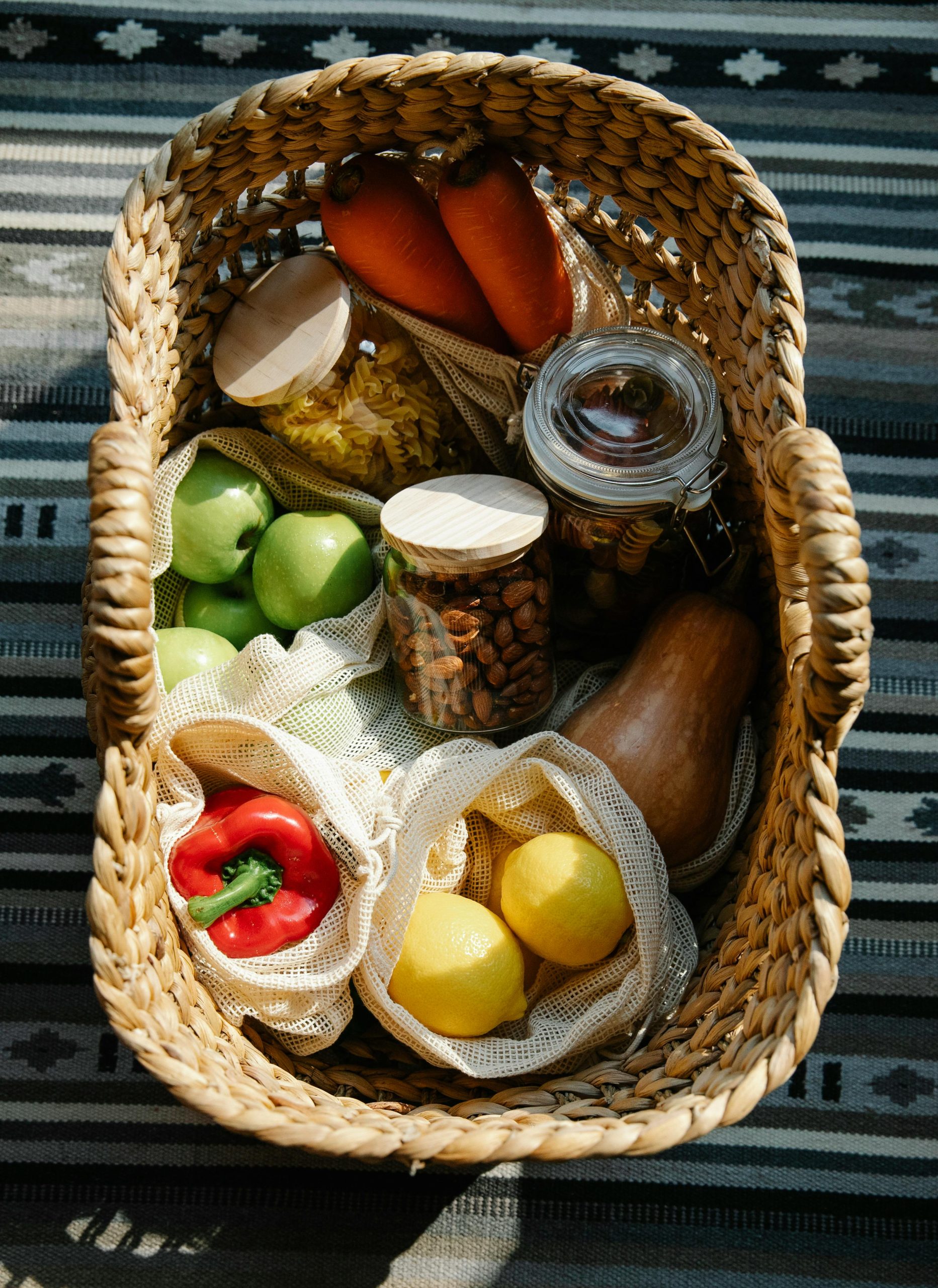
Each ingredient tells a story, and their careful selection is what elevates cuisine to an art form. Seasonal foods also play an essential role, bringing freshness and reinforcing the connection between humans and nature.
Shared Recipes: A Bond Between Generations
There’s something incredible about learning a recipe passed down through generations. Often, the secrets of family cooking are shared during moments of togetherness, such as celebrations and holidays.

These moments not only perpetuate traditions but also create unforgettable memories. Cooking an old recipe feels like connecting the past to the present, keeping the essence of who we are alive.
Cuisine and Identity: A Reflection of Who We Are
Food is also a form of personal and cultural expression. Many communities find in their cuisine a means of cultural resistance. Cajun cuisine, for example, symbolizes the resilience and adaptation of the Acadian community in the United States.
At the same time, contemporary chefs use traditional dishes to narrate stories of their origins and promote cultural appreciation. This demonstrates how cuisine can be a powerful vehicle for identity and memory.
The Impact of Gastronomic Tourism
Culinary Tourism: Exploring World Flavors
Gastronomic tourism is a testament to the impact of cuisine on cultural exploration. Traveling in search of iconic dishes and renowned restaurants is an experience that transforms the palate and broadens horizons.
From street markets in Thailand to cheese fairs in France, travelers encounter a mosaic of flavors representing the world’s diversity. These moments allow us to experience cultures authentically through taste.
Connecting the World Through Cuisine
In an increasingly connected world, cuisine plays a crucial role in promoting mutual understanding. By sharing recipes, ingredients, and stories, we create a network of connections that transcend linguistic and cultural barriers.
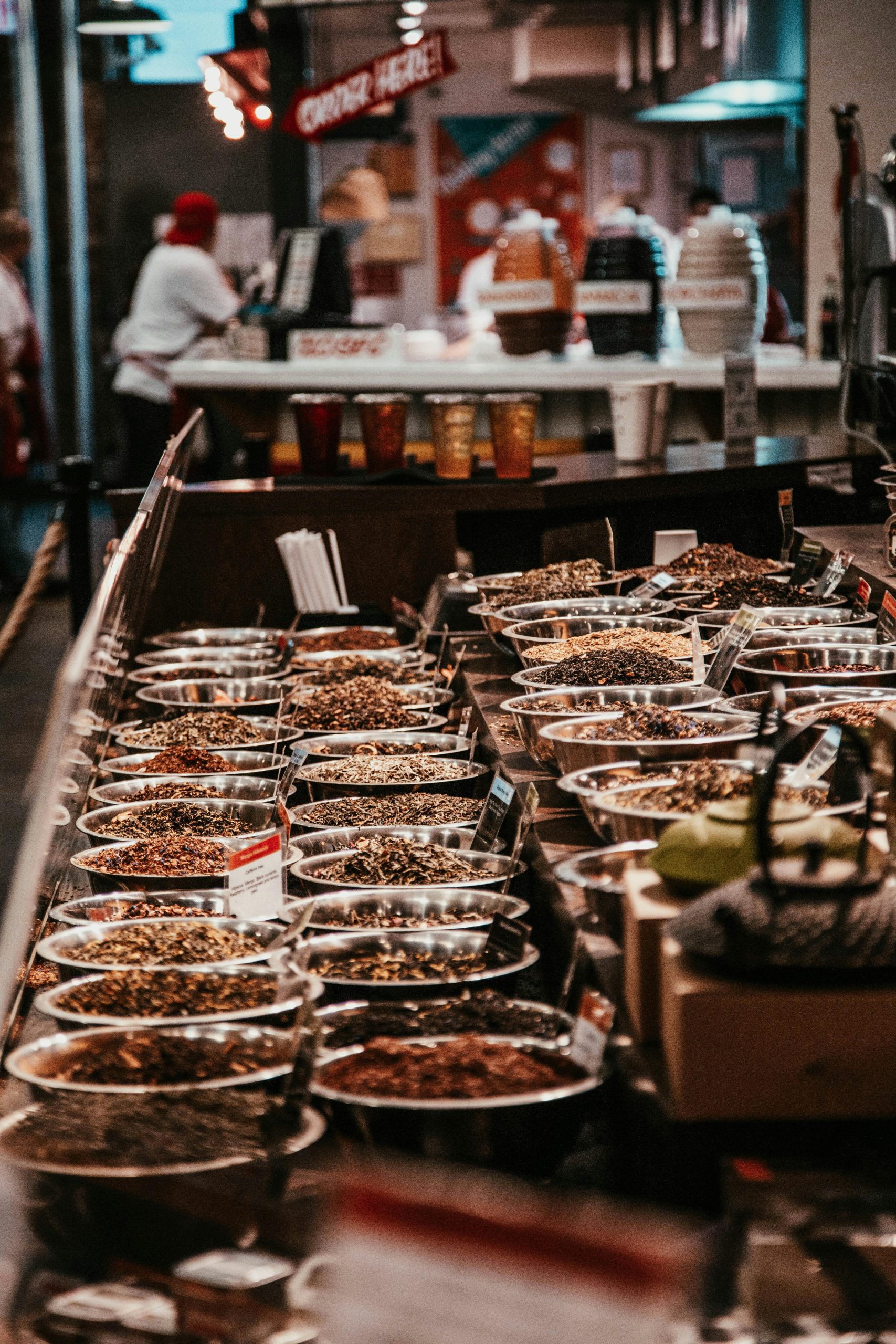
Digital platforms and social media also contribute to the global diffusion of cuisine. Influencers and chefs share their experiences, inspiring people to try something new and expand their culinary horizons.
Conclusion: More Than Food, an Emotional Experience
Cuisine is a form of expression that goes beyond the plate. It connects people, tells stories, and fosters a deeper understanding between cultures. Whether through a family recipe or an exotic dish, flavors have the power to transport us through time and space.
So, the next time you enjoy a new dish, remember it carries much more than ingredients: it brings stories, memories, and the taste of a culture worth celebrating.
